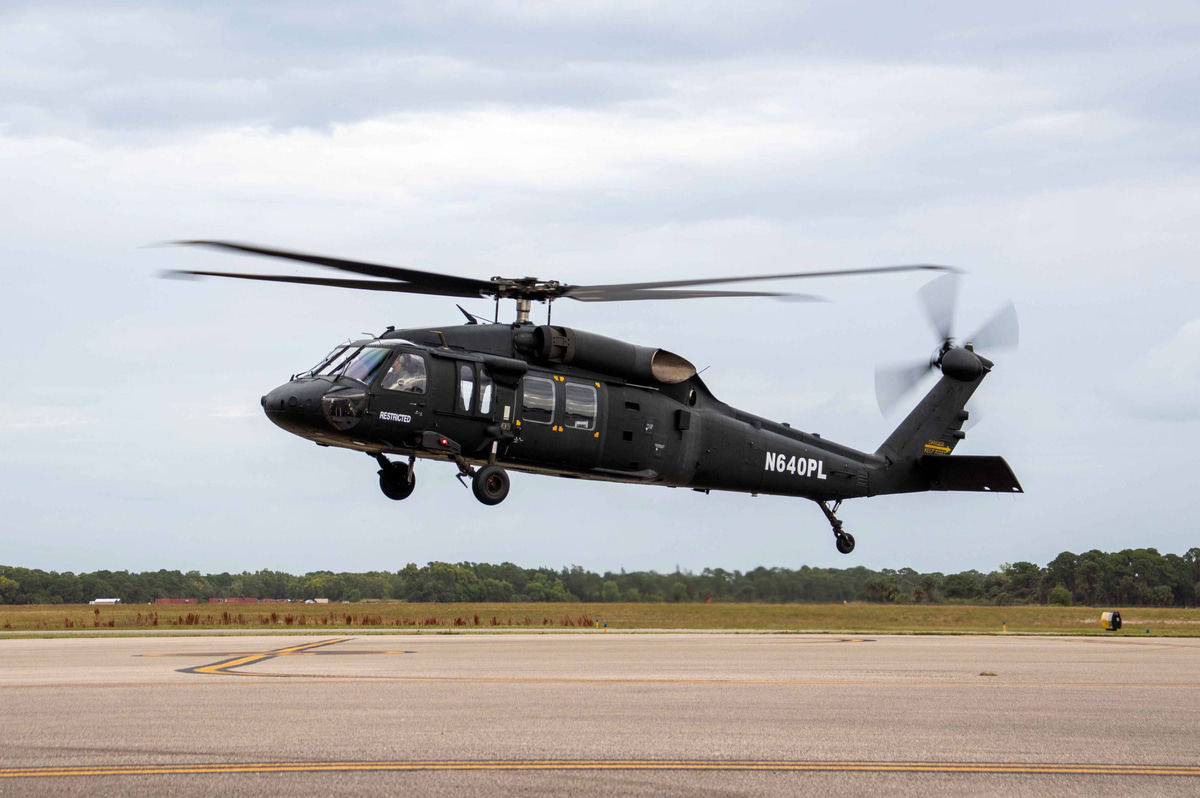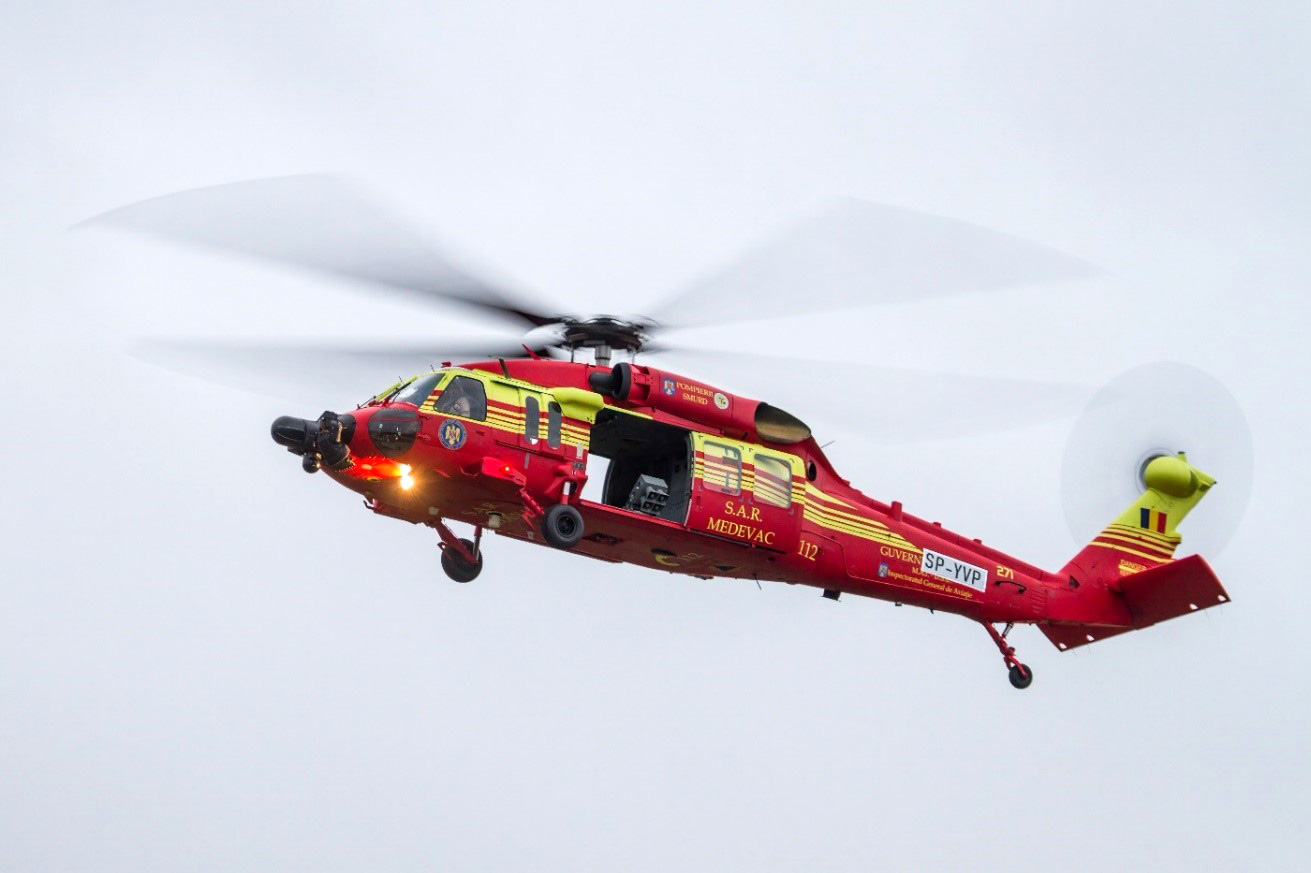Sikorsky S 70: Changing Tactical Procedures with Cutting-Edge Modern Technology
Sikorsky S 70: Changing Tactical Procedures with Cutting-Edge Modern Technology
Blog Article
Rotary-Wing Aircraft Offering Superior Resilience and Accuracy Engineering
In the world of air travel, rotary-wing airplane have long been acknowledged for their unique abilities in numerous operational atmospheres. From armed forces goals to civilian applications, the development of rotary-wing modern technology has paved the method for equipments that offer unequaled durability and precision design. Via developments in products and construction methods, combined with sophisticated trip control systems, these aircraft have come to be essential devices for jobs that require both robustness and accuracy. As we check out the intricate balance between technology and integrity in rotary-wing aircraft, it becomes apparent that the merging of innovative technology and tested style concepts has actually set a new standard for performance and effectiveness in the aerospace market.
Evolution of Rotary-Wing Modern Technology
Throughout the history of aviation, the advancement of rotary-wing innovation has been a testament to constant technology and improvement in aeronautical design. From the early days of vertical trip with simple designs to the innovative helicopters and other rotary-wing aircraft these days, the development in this area has been remarkable.
In the very early 1900s, pioneers like Igor Sikorsky and Juan de la Cierva made substantial strides in rotary-wing innovation. Sikorsky's VS-300 helicopter, very first flown in 1939, noted a zero hour in the growth of useful rotary-wing airplane. This success paved the means for further innovations in vertical trip capabilities.

Today, rotary-wing aircraft play important duties in various sectors, including armed forces procedures, emergency situation clinical solutions, regulation enforcement, and commercial transportation. The evolution of rotary-wing innovation remains to press the borders of what is feasible in upright trip, ensuring that these aircraft remain essential assets in the aviation industry.
Materials and Construction Innovations
Demonstrating a fusion of innovative products and exact building methods, rotary-wing aircraft have undergone substantial innovations in durability and efficiency. Among the essential developments in materials made use of for rotary-wing airplane is the enhancing utilization of composite products. These products, such as carbon fiber strengthened polymers, offer a high strength-to-weight proportion, boosting both the structural integrity and total efficiency of the aircraft. Additionally, innovations in producing processes have actually enabled more accurate and intricate building and construction of rotary-wing elements, contributing to boosted aerodynamics and efficiency.
Additionally, the assimilation of advanced coatings and surface area treatments has actually played a vital role in boosting the sturdiness of rotary-wing airplane. These finishings offer defense against rust, abrasion, and extreme climate condition, extending the life-span of the airplane and decreasing upkeep requirements.
In regards to construction developments, additive production, additionally understood as 3D printing, has actually changed the production of complex elements for rotary-wing airplane. This technology enables quick prototyping and modification, leading to quicker advancement cycles and lowered costs. In general, the continual advancement of materials and building methods is driving the capacities and efficiency of rotary-wing airplane to brand-new elevations.
Accuracy Flight Control Solution

The integration of GPS modern technology additionally enhances the precision and dependability of these systems, allowing for exact navigation, waypoint monitoring, and automated flight control. sikorsky s 70. This anchor degree of precision not just improves the safety and security of rotary-wing operations but likewise improves general operational effectiveness and mission performance
Furthermore, the continual improvements in artificial knowledge and artificial intelligence have assisted in the development of self-governing trip capabilities within Accuracy Trip Control Systems. This makes it possible for rotary-wing aircraft to do intricate missions with unmatched accuracy and uniformity, making them indispensable possessions in a vast range of applications, including army procedures, search and rescue missions, and aerial digital photography.
Resilience in Challenging Settings
Popular operational settings, rotary-wing airplane show extraordinary strength and robustness, guaranteeing ideal efficiency under tough ecological problems. These aircraft are developed to endure a vast array of ecological factors, including extreme temperatures, high winds, and rough terrain, making them appropriate for different goals in varied landscapes.
One vital variable adding to the resilience of rotary-wing aircraft is their rugged construction. These aircraft are built using premium materials and advanced engineering techniques to enhance their structural honesty and integrity. In addition, parts such as rotor blades, engine systems, and touchdown equipment are thoroughly created to stand up to the anxieties and stress encountered throughout procedures in difficult atmospheres.
Additionally, rotary-wing aircraft are equipped with innovative onboard systems that check efficiency metrics in real-time, permitting for positive maintenance and early discovery of possible problems - sikorsky s 70. This positive method helps prevent unanticipated failings and makes sure the continued airworthiness of the airplane popular operational settings. On the whole, the longevity of rotary-wing aircraft in challenging environments is a testimony to their remarkable engineering and layout, making them essential assets for numerous mission-critical procedures
Maintenance and Integrity Criteria
The adherence to stringent upkeep and reliability criteria is vital in ensuring the optimum performance and safety and security of rotary-wing aircraft. Regular upkeep checks, carried out by qualified service technicians, are important to recognize and attend to any kind of prospective concerns before they endanger the aircraft's capability. These checks encompass a detailed evaluation of all critical elements, consisting of the engine, rotor system, avionics, and hydraulic systems, to assure that they are in prime functioning look at this website problem.
Additionally, adherence to scheduled maintenance periods based on maker guidelines is vital for upholding the airplane's reliability. This positive approach assists protect against unforeseen failures and guarantees that the aircraft continues to be airworthy for its intended goals. In addition, the implementation of durable integrity requirements, such as regular part testing and replacement based upon predetermined lifecycles, even more improves the airplane's dependability.
Final Thought

Finally, the developments in rotary-wing airplane technology have brought about premium longevity and accuracy design. With ingenious materials and building and construction strategies, in addition to accuracy trip control systems, these aircraft can run in challenging atmospheres with enhanced reliability. The upkeep and dependability standards ensure that these rotary-wing aircraft remain to do at their ideal, making them vital properties for various industries.
Demonstrating a fusion of advanced materials and specific building methods, rotary-wing aircraft have actually gone through significant advancements in durability and efficiency. One of the crucial developments in products utilized for rotary-wing aircraft is the increasing application of composite materials.With meticulous focus to detail and progressed technological integration, rotary-wing airplane original site have welcomed Precision Trip Control Solution as a cornerstone of their functional excellence. On the whole, the toughness of rotary-wing aircraft in tough atmospheres is a testimony to their exceptional design and style, making them indispensable properties for various mission-critical procedures.
In final thought, the advancements in rotary-wing airplane technology have actually led to exceptional sturdiness and accuracy engineering.
Report this page